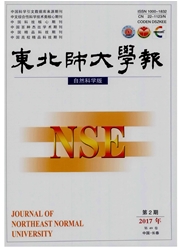

 中文摘要:
中文摘要:
中国作为最大的发展中国家,已经成为二氧化碳第一排放大国,因此,国际社会开始敦促中国在后京都时期承担更多减排责任。现阶段,《联合国气候变化框架条约》使用生产型二氧化碳排放清单,这就意味着它将减排责任分配给了污染制造者。本文比较并分析了中国的生产型和消费型二氧化碳排放清单,并认为消费型的二氧化碳排放清单更为公平合理,产品的消费者应该为他们所购买的产品中隐含的碳排放付费。此外,为了考虑公平问题,政府应采取全面的经济政策和行政手段扶持经济落后的省份进行减排。
 英文摘要:
英文摘要:
China, as the biggest GHG emitter and the largest developing country, has been urged by international society to take responsibilities for reducing GHG, especially in the post-Kyoto commitment period. Currently, the United Nations Framework Convention on Climate Change (UNFCCC) assigns the responsibility to parties who produce the pollution, using the production-based GHG emissions inventories. In this article, we analyze the difference between China's production- and consumption- based emission inventories and conclude that consumption-based GHG emission inventories are preferred; as it is fair that whoever consumes the emission should pay for their consumption. In addition, in order to consider environmental justice, policy-makers should take both economic and administrative measures to support poor provinces for reducing C02 emissions.
 同期刊论文项目
同期刊论文项目
 同项目期刊论文
同项目期刊论文
 期刊信息
期刊信息
